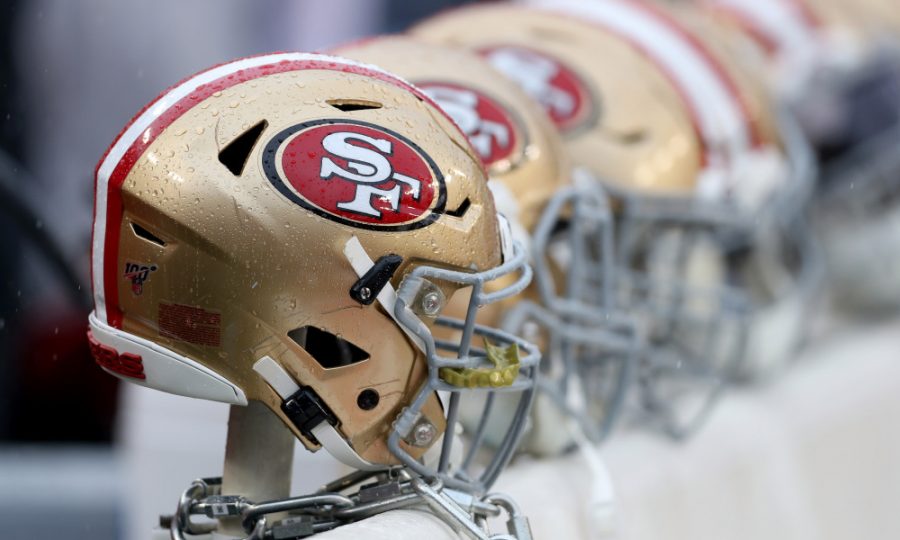Sports should adapt to limit the transmission of the coronavirus
The coronavirus has altered everyday life for the vast majority of people in the world. Schools have shut down, businesses have closed, and the economy has fallen dramatically, resulting in skyrocketing levels of unemployment. So of course everyone is eager to see life return back to normal. And what can feel more normal than enjoying our favorite sports come this fall?
However, we have to be very careful when it comes to reopening the country. Rushing the process back to normalcy can undo the effects of social distancing to “flatten the curve.” This is why the most responsible thing to do is to push fall sports in high school, especially football and volleyball, to the spring and ban live audiences for professional and collegiate sporting events without postponing their games.
Football attracts the biggest crowds – both from fans of the NFL and the NCAA. More than 16 million fans attended an NFL game and more than 47 million people attended a college football game in the 2019 season. Professional and collegiate matches with huge numbers of people is a recipe for disaster. The only way for those games to be played safely is if there is no live crowd, viewable only on screen.
High school games can also contribute significantly to viral spread. But watching high school football online is not only impractical, it overlooks the fact that “Friday Night Lights” brings communities together. So we should just delay high school football to the spring. That way we can have the best of both worlds — an exciting high school football season, without the risk of spreading the virus before we are armed with a vaccine.
There are different ideas on how to bring back sports without giving up on the crowds. For example, Sean Hannity interviewed Dallas Mavericks owner Mark Cuban and proposed moving basketball ‘outside,’ with fans wearing masks and getting their temperature checked before the game. These are great recommendations, but it is still too early to bring people back together in a stadium to watch a game. Even if people were careful with themselves and protected their family, it still would not be enough as long as there are thousands of people – even if loosely dispersed in an arena.
There is a rising concern of a second wave of the virus permanently damaging society and unnecessarily killing many more Americans. This coronavirus has already killed over 100,000 Americans and in total killed over 360,000 people in the world. The United States is ranked number one in terms of people dying to COVID-19 — even beating out China and India combined 13 times over. America has poorly handled the coronavirus crisis and more than 100,000 people lost their lives.
Of course we are all frustrated by the extreme measures we have taken to protect the population, especially since there are so many significant inconveniences to our daily lives. But postponing football is not canceling football, it would only be rescheduled. And watching NFL and NCAA football without a live audience won’t stop millions of people who view football from the comfort of their own home. As long as football remains in the school year, students, communities, and fans would still be capable of uniting together and bonding in a way that no other activity will ever accomplish. By the time we reach the spring, we will likely no longer have to worry as much about the threat of the virus and then we can safely return to our normal routines.











